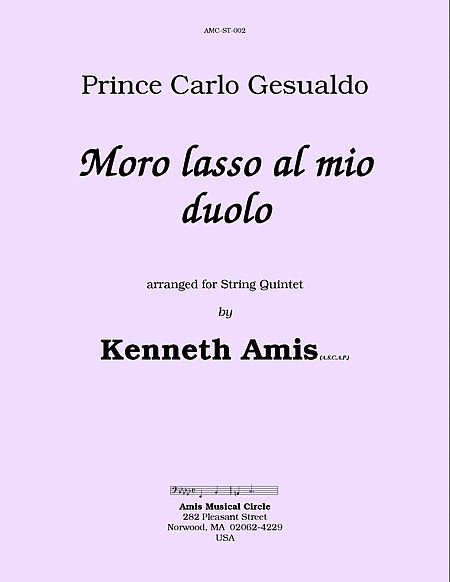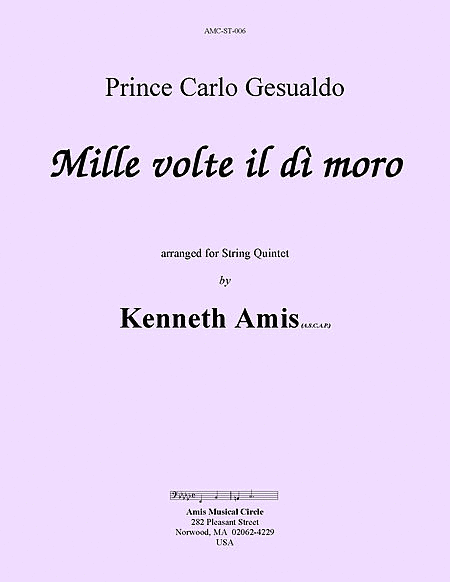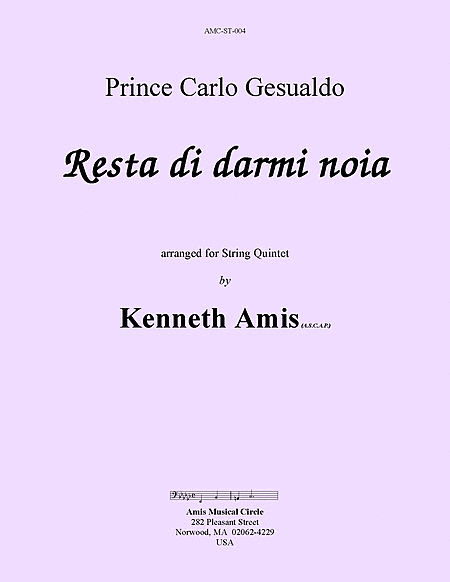Don Carlo Gesualdo (1566 - 1613)
 Italie
Italie
Carlo Gesualdo, known as Gesualdo da Venosa (March 8, 1566 ? September 8, 1613), Prince of Venosa and Count of Conza, was an Italian music composer, lutenist and nobleman of the late Renaissance. He is famous for his intensely expressive madrigals, w ... (Read all)
Source : Wikipedia
 Italie
ItalieCarlo Gesualdo, known as Gesualdo da Venosa (March 8, 1566 ? September 8, 1613), Prince of Venosa and Count of Conza, was an Italian music composer, lutenist and nobleman of the late Renaissance. He is famous for his intensely expressive madrigals, w ... (Read all)
Source : Wikipedia
VIOLIN - FIDDLE Free sheet music of Don Carlo Gesualdo - amp
1 sheets found sorted by:
Search on #VIOLIN - FIDDLE
| |||||||||||||||
© 2000 - 2024
Home - New releases - Composers
Legal notice - Full version










 SHEET MUSIC
SHEET MUSIC